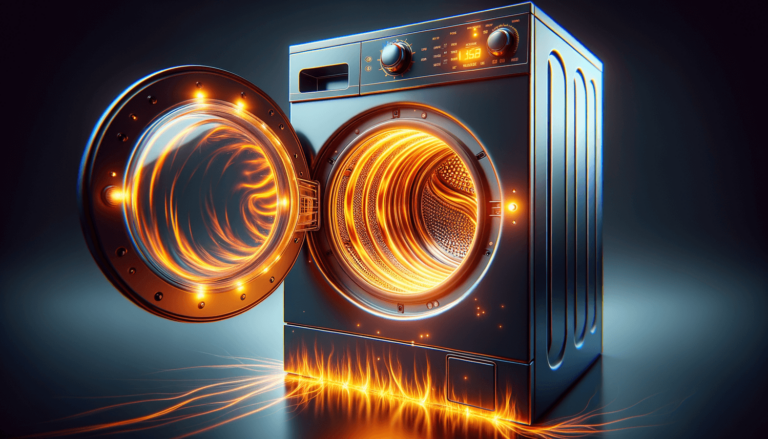

At Settings King, we strive to provide helpful information about technology settings. Dryers typically have various settings, allowing you to control the heat and duration of the drying process. The most common dryer settings are:
Low heat settings typically range from 105°F (40°C) to 110°F (43°C), which is perfect for delicate fabrics or items requiring less heat.
Medium heat, or normal settings, usually fall between 125°F (51°C) and 135°F (57°C), providing a balanced heat level suitable for most types of clothes.
High heat settings are designed for heavy materials and can reach up to 150°F (65°C) or higher, ensuring that thick fabrics like towels and blankets dry efficiently.
Air Dry setting blows air without any heat, which is ideal for refreshing clothes and removing odors without applying heat.
Dryer settings and heat levels may differ based on several factors, including the dryer’s make, model, and load size. Always check the manufacturer’s guidelines to ascertain the most effective dryer settings for your specific appliance and load.
As a blog about technology settings, Settings King understands the importance of choosing the right dryer and settings for your needs. Factors to consider when selecting a dryer include its load capacity, energy efficiency, features, and compatible settings. Here are some insights on dryer selection:
Once you’ve purchased a quality dryer, it’s essential to choose the right settings for each load to maximize energy efficiency and maintain the longevity of your clothes. When selecting dryer settings, keep the following tips in mind:
At Settings King, we understand that excessive dryer heat can damage clothes and increase energy consumption. To avoid unnecessary wear and tear on your garments and reduce your home’s energy usage, consider the following strategies:
At Settings King, our readers often have many questions related to the information in our blog posts. To help further clarify the topic of dryer heat, we have compiled a list of FAQs below:
An overheating dryer is often indicated by unusually hot exterior surfaces, clothes feeling excessively hot at the end of the cycle, or a burning smell. If you suspect your dryer is overheating, turn it off and unplug it before seeking professional assistance.
A dryer may overheat due to various reasons, including blocked air vents, a dirty or clogged lint filter, a malfunctioning thermostat, or a failing heating element. It’s essential to address these issues promptly to prevent damage to the dryer or a potential fire hazard.
To maintain optimal efficiency, clean the lint filter after each use, periodically check and clean dryer vents, follow the manufacturer’s recommendations for load capacity, and use appropriate settings for different clothing types and fabrics. Additionally, opt for energy-efficient dryer models to lower energy consumption.
Yes, using a lower heat setting can save energy and extend the life of your garments. However, it may result in longer drying times. If you’re concerned about energy consumption, consider purchasing an energy-efficient dryer model or using sensor-based settings that automatically adjust according to the load’s moisture level.
It is generally best to avoid leaving a running dryer unattended, as it poses a potential fire hazard if the dryer overheats or malfunctions. Always monitor your dryer throughout the cycle and remain within a close proximity to ensure safety and prevent accidents.